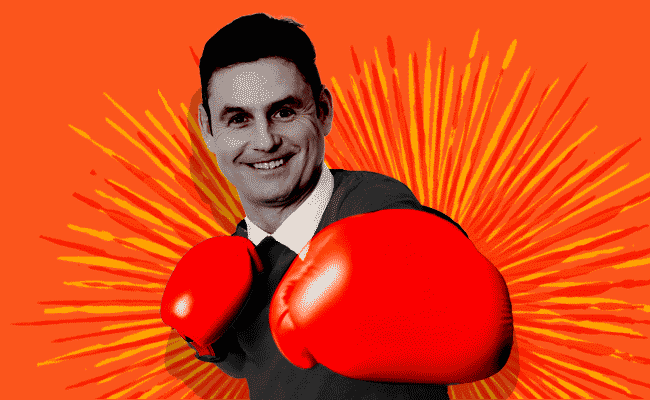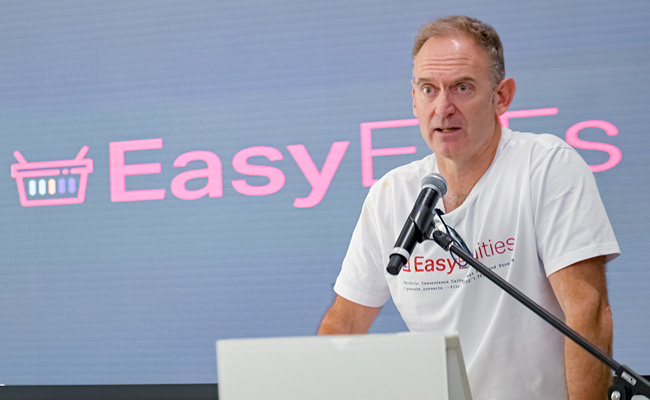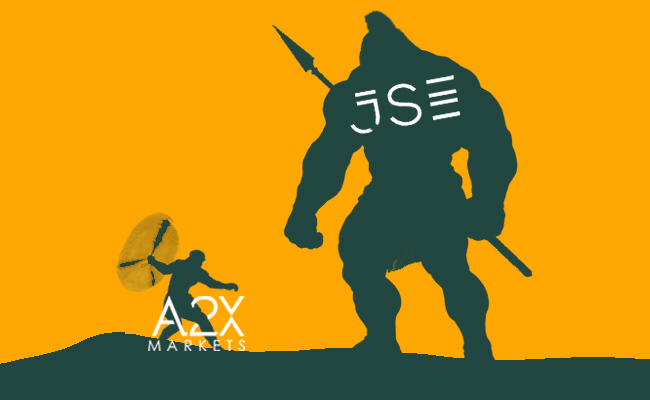The market appears to have taken a somewhat dim view of Harmony Gold’s latest deal: an R18.4bn pitch for listed company MAC Copper, owner of the CSA copper mine in New South Wales, Australia.
Harmony’s share price has slid 8% since announcing its intentions on Tuesday, despite arguing that this deal will be a key step towards its ultimate ambition: bringing the monstrous Wafi-Golpu venture, one of the world’s largest gold-copper projects, in Papua New Guinea, into full operation.
“It’s all part of the big plan and Wafi-Golpu is the prize,” says Harmony CEO Beyers Nel. Asked about the market’s rather unflattering reaction so far, he says: “I think the market just needs to digest it. Remember, this is a single-asset company and it wasn’t necessarily on the radar of many and as people get to grips with what the asset has to offer and what the strategic fit it is, we’ll make up the losses in the stock price.”
Mind you, Harmony has had a cracker 2025, gaining almost 62% in value year to date thanks to the run in the gold price.
So how did MAC land in Nel’s in-tray? For starters, Harmony is no stranger to Australia – it’s had an office in Brisbane for 20 years and supports its Papua New Guinea operations from the country. In 2022 it bought the Eva copper mine in North West Queensland, for $170m cash, and Nel says CSA is “a natural extension of the human capital we have. Those guys have been idling, looking at one mine for too long so we need to give them more to do.”
CSA wasn’t on auction but industry contacts saw Harmony follow up “and we made a pitch to the company and got to where we are now. Obviously the transaction must still close but we’re quite positive about that.”
Harmony has commitments from more than 20% of MAC shareholders, including the board. The main risk to the deal not going through is that of an interloper sweeping in with a higher price.
But that’s probably unlikely. The CSA mine is deep – between 1.7km and 1.9km – with “complicated depth structures”. And Nel believes that Harmony, with its expertise in underground mining, is “ideally suited” to manage it.
“We mine the deepest mine in the world in South Africa – more than 4km deep; this is a deep mine in Australia’s terms and it’s not everybody that is going to want to take that on. And I don’t think the investor landscape for that asset was that wide. Hence why we think it’s an ideal opportunity.”
Scooping up unwanted assets
In some ways, Harmony has become a specialist in scooping up mines that others no longer want – like AngloGold’s last remaining South African shafts. “We buy these assets that are unwanted or undercapitalised or underperforming – not that this is the case with MAC,” says Nel; CSA, it says, is instantly cash-accretive.
But it does mean that Harmony – if it gets the acquisition away – will have done so at a lower premium than has been the case for copper assets in the recent past.
That’s partly because MAC itself has debt of some $150m on its books, not to mention $150m of contingent payments to Glencore, depending on the copper price averaging more than $4.25 and $4.50 a pound for 18 to 24 continuous months.
“Hence we didn’t offer a 40%-50% premium,” says Nel.
Still, it’s a chunky purchase. But Nel says the company is enjoying a “phenomenal gold price; our assets are humming so we’re generating significant cash”.
It’s understood that Harmony actually has half the money needed to buy CSA in cash right now; but the miner has arranged a bridge loan to pay for the deal.
“Obviously deal certainty is important so you want to demonstrate that you’ve got the money upfront and hence we put the bridge in place – it’s got a 12-month tenure with an option to extend and we’ll take the bridge out within that period,” he says.
It means Harmony’s leverage will increase to 0.5 times – but that’s still below its internal target of one times earnings “so this is not putting undue pressure on the balance sheet”, says Nel.
Yet a criticism that has many times been levelled against Harmony is that some of its assets – like Wafi-Golpu, which it now owns 50-50 with Newmont – are just too big for the company to manage.
Asked about this, Nel says: “I think it’s probably a fair comment of a few years ago, but Harmony has transformed significantly since then. If you look at our market cap [R164.6bn], the growth we have, the incorporation of the AngloGold assets and how well they’ve done in the Harmony portfolio – Wafi-Golpu is something that Harmony can now do.”
Beyond South Africa
There’s another dimension to the deal: finding growth outside of South Africa, where the mines ministry has yet again blindsided the sector with unfriendly legislative changes.
“Obviously the mining bill and the cadastre system are all topical this week,” says Nel. “When you’ve got unfavourable legislation changes, that always weighs on strategy decisions.” But, he says, try and permit a mine in Papua New Guinea …
“That makes an acquisition in a tier-one jurisdiction like Australia attractive because you haven’t got that dynamic. But in gold we’re running out of runway – we like South Deep but that’s not for sale; we like DRDGold but that’s not for sale; we don’t like Sibanye’s gold assets, so we to some extent are forced to look offshore just from a production point of view.”
Nel says the acquisition of MAC does not mean the company is planning to leave South Africa. “These mines will have a 20-year life after they’re recapitalised so we’re going to be here for a long time still, and we’re augmenting the portfolio with opportunities where we see value – that could be in South Africa or elsewhere.”
Top image: CSA mine, Australia. Image: supplied.
Sign up to Currency’s weekly newsletters to receive your own bulletin of weekday news and weekend treats. Register here.












